Biochar production offers significant opportunities to pursue carbon neutrality and promote the green transition, for example, in the construction and infrastructure sectors. Moreover, the new industrial market for this “black gold” is steadily growing, which also means the need for efficient biochar production will increase strongly.
The idea of biochar is not exactly new, but the market is expected rapidly. Biochar is essential when there is a need to speed up the green transition and carbon-negative goals in many industries.
Only in Europe, the biochar market grew by approximately 80 % in the year 2021, and everything seems to indicate that the trend is growing.
Read ahead and learn why biochar is essential in controlling climate change and how to make your plant’s biochar production process more efficient.
Saalasti is involved in biochar processing with efficient mechanical dewatering and particle size reduction methods.
Biochar production depends on the biomass
Biochar is produced in pyrolysis, where organic material is heated to a high temperature in a low-oxygen environment. This creates a stable carbon-rich material with a larger surface area and a porous structure. As a result, there will be carbon that does not release into the atmosphere.
Biochar is mainly produced from plant-based biomasses, such as by-products from the wood industry, straws, or demolition wood. However, a growing tree still binds carbon in its trunk, so using side streams for biochar is more beneficial than growing trees.
We offer solutions for fiber-based biomasses used in biochar production.
The quality of biomass is a crucial factor in the final quality and potential uses of biochar. There is no one-size-fits-all biochar, as different types of biochar are suitable for different purposes.
The properties of biochar are affected by the raw material, the production process, and post-treatment—also, the particle size of the biochar matters. A larger size of biochar is considered better for improving soil ventilation, while a finer size of biochar is more suitable for supporting beneficial microbes.
When scaling up biochar production, it is crucial to ensure that the biomass used in the process is high quality, suitable for the intended purpose, and produced efficiently.
A perfect solution in projects committed to carbon neutral or carbon negative goals
There is a good reason why biochar is expected to be the next big thing to curb carbon emissions.
Mention some benefits of biomass:
- Biochar is a carbon sink that absorbs more carbon from the atmosphere than it releases. One ton of biochar absorbs 3.7 tons of carbon dioxide. For example, the emissions of an average passenger car are around 2100 kg CO₂/year. One ton of biochar offsets the annual emissions of about two passenger cars.
- Biochar improves the soil’s nutrient binding and water retention capacity and adds to the soil’s porosity.
- Can bind/absorb hazardous chemicals and compounds, such as heavy metals and pesticides.
- It has a great water retention capacity and can bind five times the amount.
One ton of biochar can absorb 3.7 tons of carbon dioxide.
There are several uses for biochar in the infrastructure and building sector, and new applications are constantly being developed.
Applications of biochar:
- In the construction sector, biochar can be used, for example, in green areas to improve the soil.
- Biochar can be used to treat water and urban runoffs.
- To purify the soil and water systems.
- Biochar can also replace fossil coal and coke in the steel industry. For example, in Finland, there are plans to manufacture coke from forestry waste in the Outokumpu steel plant. The solutions are expected to reduce carbon emissions significantly.
At Saalasti, we can partner up with all the cases mentioned above of biochar, and we are eager to step into new biochar applications.
How to get the most out of biochar production with high-performing pre-processing?
Every stage of biochar production is crucial to the quality of the result. Pre-processing plays a significant role in ensuring the biomass is sufficiently dry and stable-sized before pyrolysis.
We offer solutions for processing biomass before the pyrolysis process:
1. Reduction and standardization of the particle size.
Crushing biomass is a crucial step in the early stage of biochar production. When the particle size is controlled, it results in a more uniform mass that can be utilized with greater efficiency. Saalasti Biomass Crushers are the market-leading solutions for particle size reduction.
Read more: Reduction of particle size
2. Mechanical dewatering of the biomass.
The dryer the biomass is before pyrolysis, the more you can expect energy savings while reducing operating costs and carbon footprint. With our mechanical drying solutions, we can reduce the water content drastically of any fiber-based biomass.
With our solution, it is possible to save up to 50% of energy usage in biochar production compared to thermal drying.
The best machines for mechanical dewatering include the Saalasti High-Pressure dewatering press “Hippo” and the market-leading Bark Press.
Read more: Mechanical dewatering
The benefits of Saalasti solutions in biochar production:
1) Up to 50 % energy savings in the drying process.
2) More homogenous and better-quality material improves productivity and allows capacity scaling.
3) No more seasonal fluctuation in production, as the biomass has a steady, even quality year-round.
The mechanical drying technology used by Saalasti is unique globally. We are the only operator offering this particular mechanical drying technology.
Do you want to hear how our solutions can support your biochar production? Contact us!
Read customer story: Maximal production volume with the same amount of heat (Van Roje)
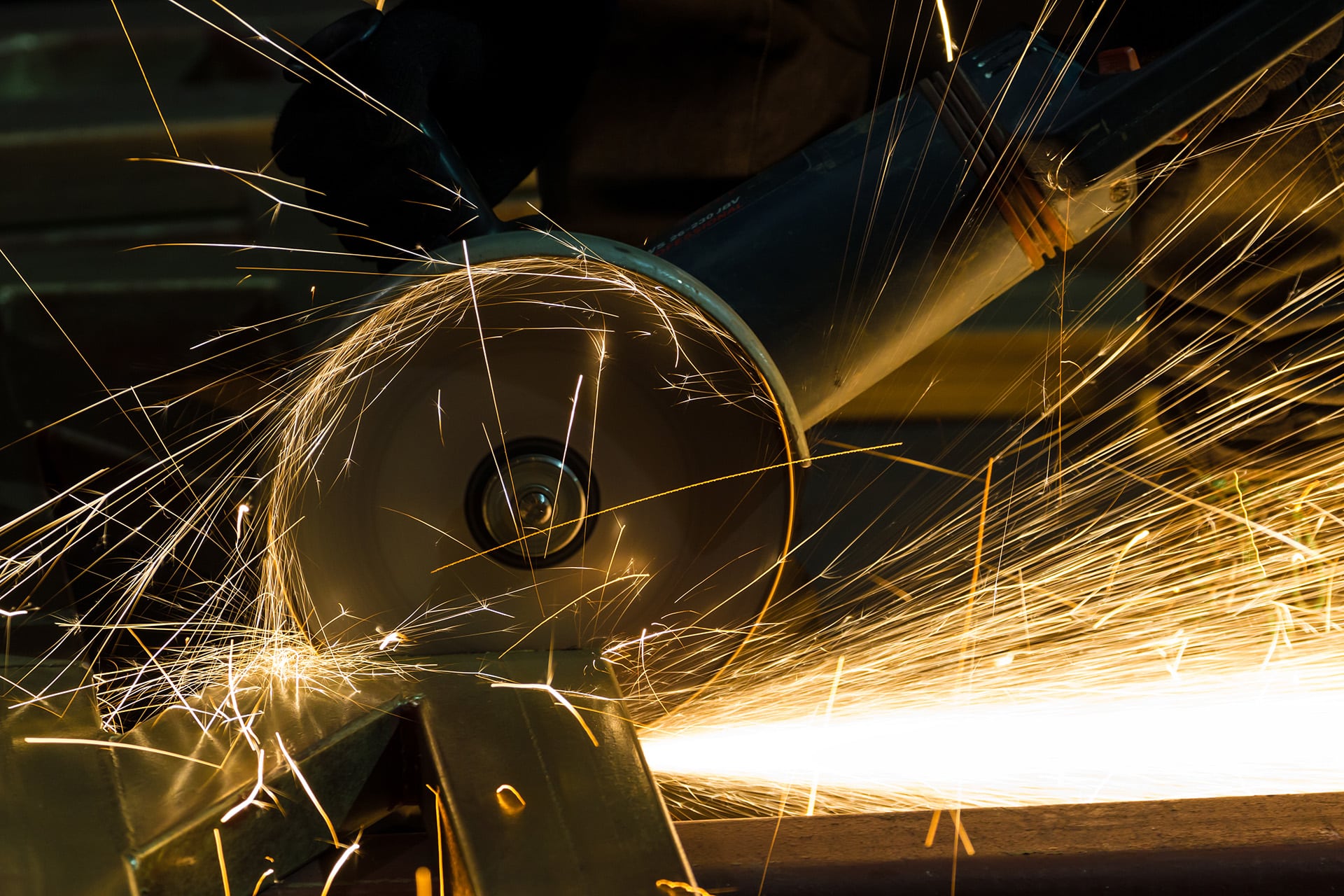
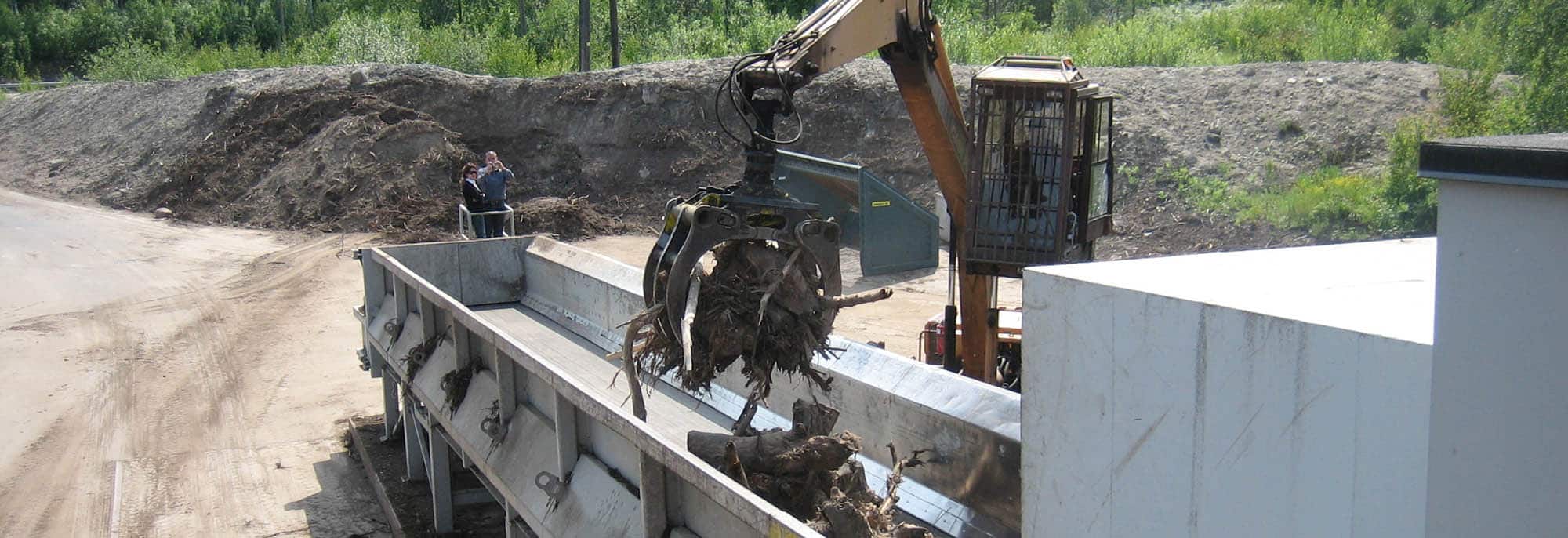
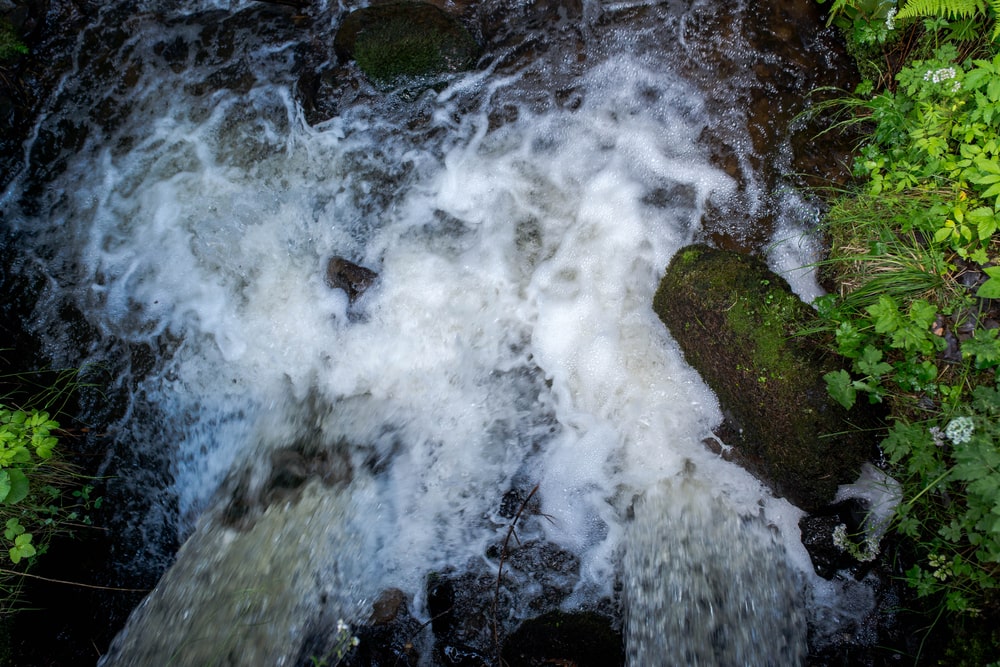
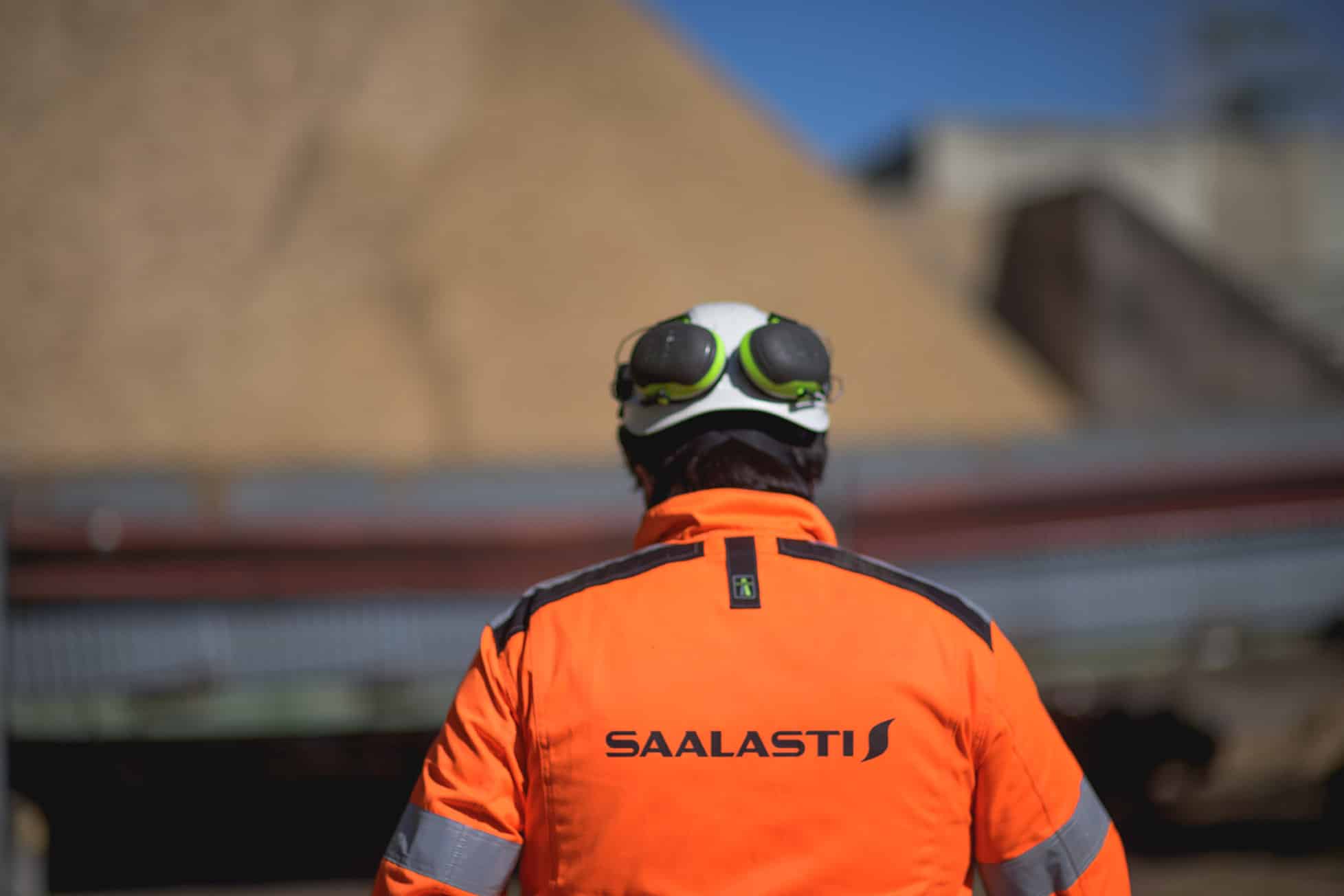
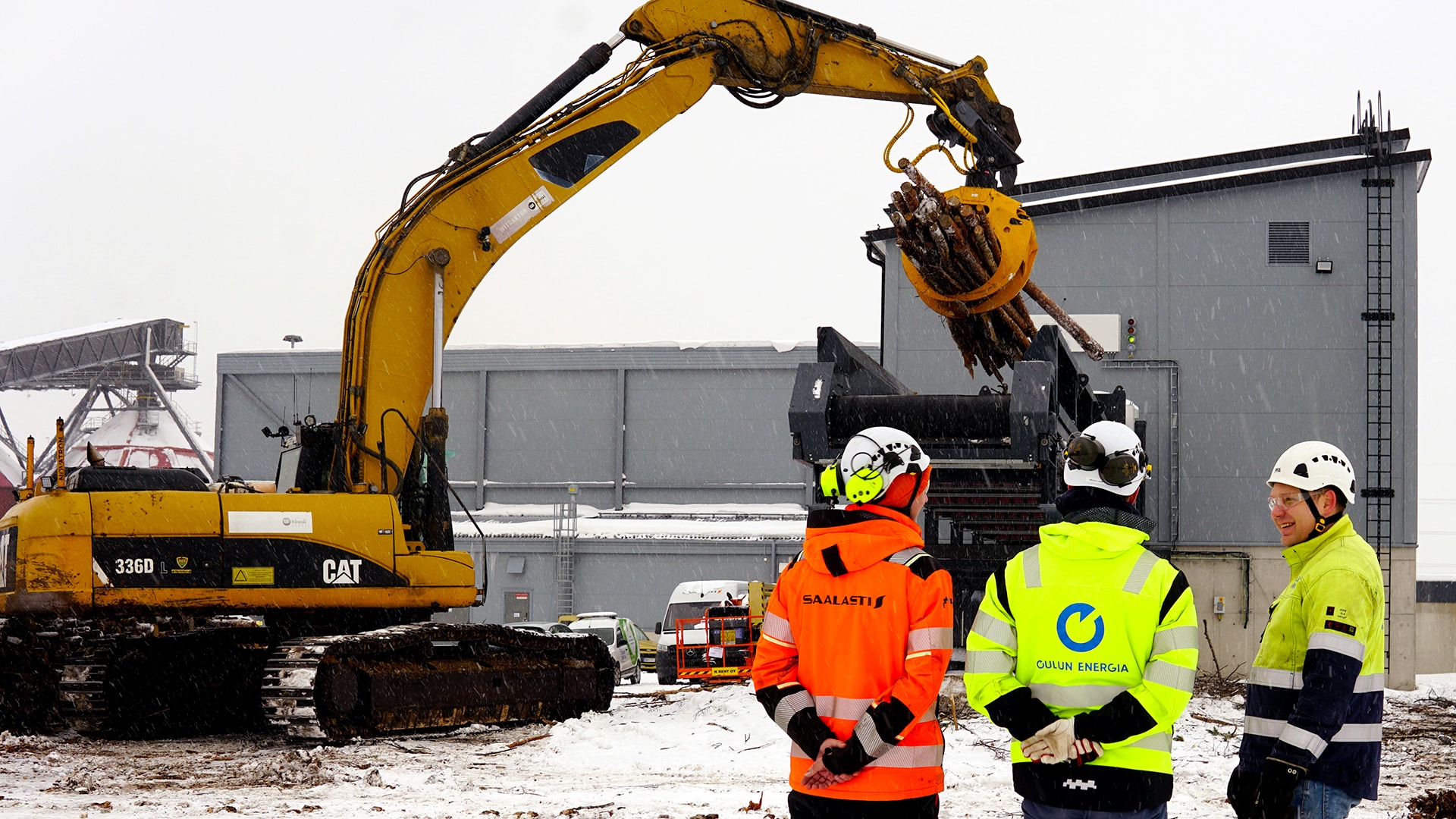
 ¢
¢